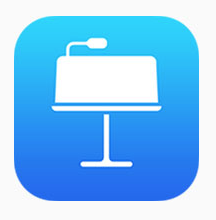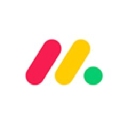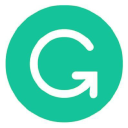How I Generated $350K In 8 Months Matching Startups With Designers
Hello! Who are you and what business did you start?
I’m Danielle the founder of Design Match. I’m a digital nomad originally from Canada. We help match startups with the perfect designer for their business. Although our clients range from first-time founders to large enterprises, our focus has always been on startups.
While building Design Match, I have also traveled to 10 different countries.
Between our two entities, we have made $350,242.25 in less than 8 months of operation with zero dollars spent on marketing. Our MRR is now up to $35k.

So many founders overlook design, thinking that it’s simply about colors and fonts. Yet, design is the bridge between your customers and your product's value.
What's your backstory and how did you come up with the idea?
Before founding Design...

Download the report and join our email newsletter packed with business ideas and money-making opportunities, backed by real-life case studies.

Download the report and join our email newsletter packed with business ideas and money-making opportunities, backed by real-life case studies.

Download the report and join our email newsletter packed with business ideas and money-making opportunities, backed by real-life case studies.

Download the report and join our email newsletter packed with business ideas and money-making opportunities, backed by real-life case studies.

Download the report and join our email newsletter packed with business ideas and money-making opportunities, backed by real-life case studies.

Download the report and join our email newsletter packed with business ideas and money-making opportunities, backed by real-life case studies.

Download the report and join our email newsletter packed with business ideas and money-making opportunities, backed by real-life case studies.

Download the report and join our email newsletter packed with business ideas and money-making opportunities, backed by real-life case studies.









































